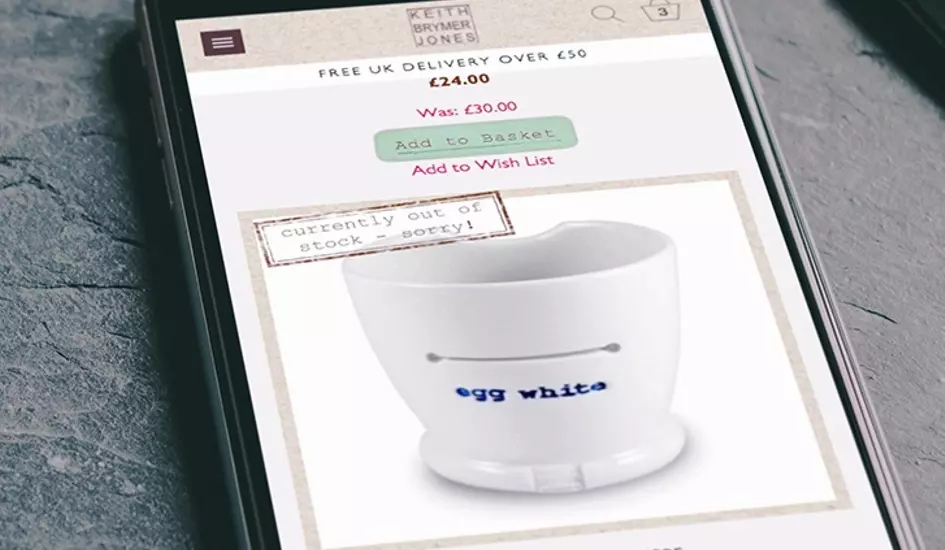Optimising Stock Messages to Increase Conversions
When running an eCommerce business or simply selling online, your stock is one of the most important things that you'll need to manage and control. It's important for behind the scenes where you need to make sure that you have enough stock to fulfil your orders and that you don't have too much stock for the products that aren't selling very well. Your stock is also very important for your front end, you can use it to boost your sales and to build trust with your customers.
Within iPages there are many built in stock features, with no need for plugins. Simply get in touch with our team if you'd like further information.
Here are some techniques for using your stock management to maximise conversions for your online stores. We'll look at how to handle out of stock products, and how to create buyer urgency for low stock.
How do you handle out of stock products?
- Don't delete the page.
When a product is out of stock, it might seem like a good idea to delete the product page or to hide it until it's back in stock. This isn't a good idea. Taking the product page off your website will have negative effects on your SEO optimisation and for some of your new potential customers, finding your website will be more difficult, potentially losing sales of your other products.
- Use call to actions adding interested customers to a mailing list.
Keeping your product page online but disabling the eCommerce features and replacing them with a call to action is a good solution for dealing with your out of stock products and also for building your mailing list. Using a CTA urging your customers to sign up to know when the product is back in stock builds trust between you and your customer and gives you another person to send your email campaign marketing to. When your products are back in stock, you can contact your customers and they'll be likely to come back to complete their purchase.
- Let your customers know the product will be available again soon.
An alternative to using a CTA is having a note on the product letting customers know when the product will be back in stock. This will help to persuade more of your customers to come back and buy from you instead of going to a competitor but doesn't give you the chance to add them to your mailing list. This is a good option because some people won't want to sign up to your mailing list but they still want to know when your products will be available.
How can you create buyer urgency for low stock?
When your stock is starting to get low, it's not all bad news, having low stock can actually be very beneficial to boost your conversions.
- Visitor procrastination
A lot of the time, your potential customers will procrastinate on your eCommerce website before they commit to buying anything. Your visitors will often browse and not buy anything many times before finally going through with the conversion. There are many reasons why visitors procrastinate, it could be from a lack of trust, buyers guilt or a variety of other reasons, however, you can use your stock to help persuade your customers to buy from you.
- Encouraging your buyers to complete a purchase
Displaying that you have low stock can help to create a sense of urgency for your customers. The feeling that they will miss out on being able to buy the product they want will make your customers more likely to purchase from you there and then. When your customers see your products are selling well and that other customers have been buying it, your customers will be more trusting towards your business and will be more likely to buy your product.
Can we help?
Looking at how to handle out of stock products, and how to create buyer urgency for low stock are just a few of the ways to use your inventory management to build your business. If you'd like further information about how iPages helps you handle your stock, do not hesitate to get in touch.

